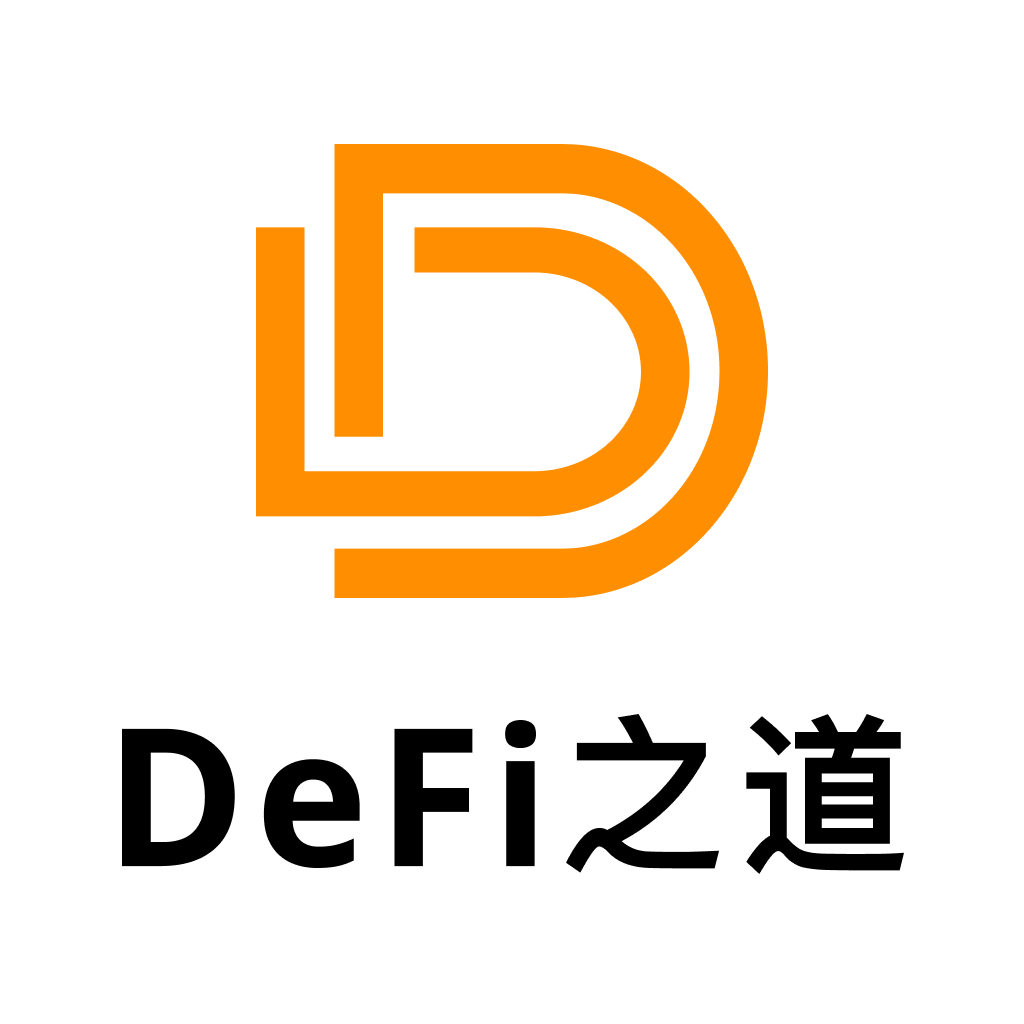Delphi联合创始人:Web3融资有哪些注意事项?
原文作者:Tom Shaughnessy
原文编译:DeFi 之道
Delphi 已经投资了 100 多个项目,看过的项目超过数千个,甚至可能是数万个。3 月 21 日,Delphi Digital 联合创始人 Tom Shaughnessy 在推特上分享了一些对项目创始人募资的一些建议。
1、首先,不要发项目的对外介绍的 PPT,而是应该发最简化可实行产品(MVP)或 demo。
人们喜欢能够看到和体验一些东西,比单纯的 PPT 要好得多。
如果你还没有到 MVP 或者 Demo 这一步,但是正在向投资人发送你的项目介绍 PPT,希望以下内容有所帮助。
2、在你创建一个 PPT 之前,请记住 PPT 应该是一个 TLDR(要点总结)。
你面对的是一个基金/DAO,他们手上有很多新的资金,需要完成交易任务,并且时间有限。项目介绍要简洁,同时记得为电话会和电报群沟通留好深思熟虑的准备。简洁是智慧的灵魂。
3、兜售故事
故事是让人印象深刻的,当你将它们从今天一步步带到实现的未来时,你的听众可以将你的梦想具象化。优秀的团队是伟大的故事讲述者,如果你不能讲一个引人入胜的故事,你就不可能说服大众。
4、竞争对手
团队应该清楚地了解竞争对手(如果存在)及其计划。如果创始团队不知道一个竞争对手有更好的策略并且进度上更领先,那么凭空搞项目就会被认为是无知的。
5、关于投资者
创始人应该有希望某个基金/DAO 参与其中的理由。他们应该清楚地了解基金/DAO 将为他们的项目和社区带来什么具体价值。创始人也在对基金进行筛选,这是双向的。
6、从销售上说「我们将在 24 小时内关闭」必须是世界上最愚蠢的举动。
首先,这让任何一方都没有时间建立熊市期间所需的论点或信念。
其次,实际上这笔交易需要数周时间才能完成。
给出一个比较现实的时间表。
7、记住要对你的投资者要非常挑剔。
在我看来,被动资本很可能是 NGMI,因为融资很方便。选择 DAO 之类的专注一些领域的基金,其中所有者和建设者是有共同利益的。
8、关于投资者的最后一点
在他们没有同意参投或者同意公开之前,永远不要告诉别人某个基金已经承诺投资或正在领投。
9、关于交易条款
不要对Token估值感到惊讶。如果你要进行股权估值,请告诉他们股权实体可以获得的Token百分比,以便基金/DAO 可以回到真实的 FDV。
「惊喜!你的投资是估值的 2 倍」——投资快结束时没有人想要听到这个。
10、Token 归属(Vesting)应该使每个人都保持一致,并且是现实可行的,以便利益相关者知道创始团队不会砸盘退出。
一款需要 5 到 10 年才能完成的游戏设置了 12 到 18 个月的 Vesting 时间——这对于除了短期投机的玩家之外的所有人来说都是没有意义的。
11、关于法律文件
确保你选择的律师事务所是专业的,并且可以为加密市场提供服务。
询问你的潜在主要投资者是否可以帮助你起草文件,然后你的外部法律可以审查(以确保你作为创始人也受到保护!)
12、举个例子
Delphi 法律顾问 @lex_node 和 @SH_Brennan 每天都这样做。
详情请看 LexDAO 的代码库
13、最后一条关于交易条款的,知道你的退出方式。
我们都在建设一个社区拥有的世界,激励机制允许任何人建立一个项目并获得奖励。
如果你在电话中提到 IPO,基金/DAO 会认为你是从 2002 年打来的电话。IPO 基本行不通。
14、关于分配
在你的Token分配表上要深思熟虑。给哪些人一部分Token,不给哪些人。
不要指望基金/DAO 用 2.5-5 万美元的支票来完成这项工作。
确保你从 DAO、基金或天使投资人那里得到你需要的东西,并且他们有实际的份额。
15、团队分配非常重要
确保你不仅有足够的资源供当前团队使用,还需要制定计划来激励下一阶段所需的杀手级人才。
分批比例可以随着项目以美元计算的增长而缩小,但要做好计划。
16、技术栈
除了「他们可以给我们钱」和「兴奋的情绪是真实的」之外,团队应该有充分的理由说明他们为什么要建立在某个 L1 或 L2 之上。
来钱很快,但兴奋的情绪是短暂的。如果你不确定然后进行调查,那很好,但要诚实。
17、一个关键点是利益相关者想知道你在上周和上季度做了什么。
加密领域发展得太快,投资人等不及到一轮融资结束后才开始建设。
你完成了哪些技术工作,告诉投资人你付出的努力在哪里。
18、关于Token经济学
在种子轮前/种子轮阶段,完整的Token经济学不必完全做好。
关键是产品、GTM(推向市场的策略)、价值主张、社区和团队。
只要团队没有过早放弃所有Token,就存在最优的选择权。
19、建议 1
不要忽视 DAO/基金的分析师或合伙人。
在下一代基金中,这些人是某些领域的专家,他们的意见在内部很受尊重。
20、建议 2
永远保持专业。加密行业很小,你们可能会在以后一起工作。
我曾经听说过一位创始人嘲笑我们放弃了一轮投资,我以后可能永远不会支持他们。
21、建议 3
将项目介绍 PPT 保持在 10-15 张幻灯片。
如果你不能用简略的方式说服老练的投资者,你就无法向全世界进行推销。
将感兴趣的人指向其他更深入的材料,比如白皮书、播客,以了解电话后的情况。
22、建议 4
一个团队应该有一个明确的战略来建立、发展和激励一个社区。
这不只是一个播客或一篇 Medium 文章。
这是建立在大众和利益相关者感兴趣的基础上的明确战略。
23、建议 5
没有人希望在 30 分钟的通话中听到 30 分钟的宣传。
你可以告诉人们生命的意义,他们可能会在 10 分钟后掐断电话。
做一个 5-10 分钟的演讲,然后让每个人都参与进来。回答提问。
要有活力,要有激情。如果不是,你为什么要这样做?
24、建议 6
让你的听众在他们自己的时间和他们自己的学习方式中了解更多信息。
提供你做过的播客或 YouTube 视频、白皮书、推特分享或博客文章。



